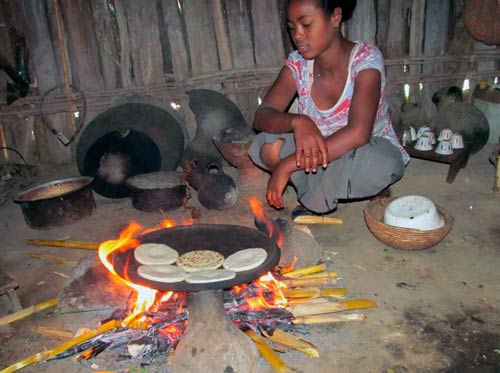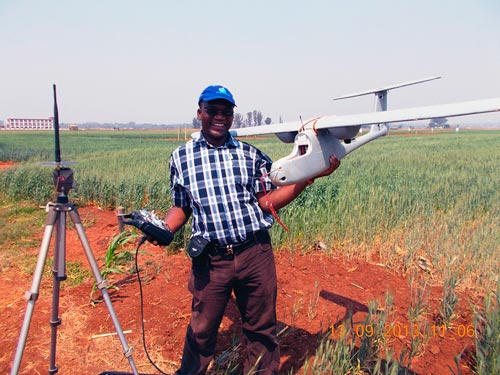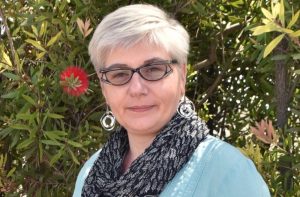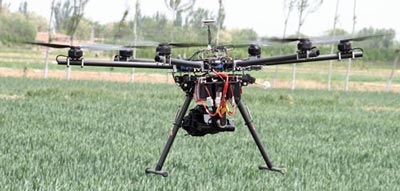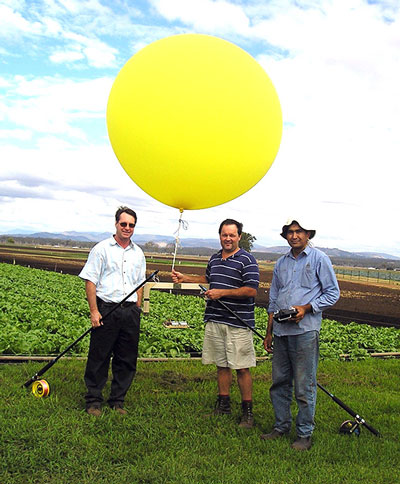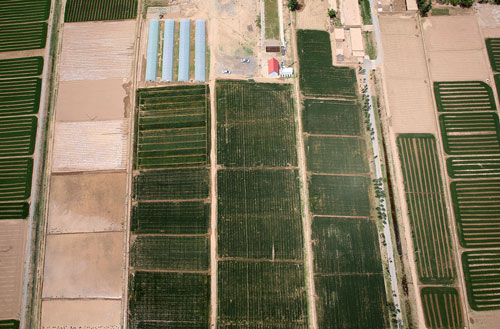Seed improvement to prevent rust disease key to boosting wheat productivity
A new project in Ethiopia aims to improve the livelihoods of wheat farmers by encouraging the development and multiplication of high-yielding, rust-resistant bread and durum wheat varieties.
High-quality seed is the key entry point for elevating farmer productivity in Ethiopia. As Norman Borlaug, the late Nobel Peace Prize laureate and wheat breeder who worked for many years with the International Center for Maize and Wheat Improvement (CIMMYT) wrote: “Rust never sleeps.”
Stem, leaf and yellow rusts choke nutrients and devastate wheat crops without recognition of political boundaries, making it essential that global action is taken to control all virulent strains of these devastating diseases to ensure food security.
At a recent workshop hosted by the Ethiopian Institute of Agricultural Research (EIAR) in the capital, Addis Ababa, 150 participants from 24 organizations discussed the project, which builds upon the successes of a previous EIAR and International Center for Agricultural Research in the Dry Areas (ICARDA) program funded by the U.S. Agency for International Development (USAID).
The purpose of the March workshop titled “Seed Multiplication and Delivery of High-Yielding Rust-Resistant Bread and Durum Wheat Varieties to Ethiopian Farmers” was to launch the three-year seed project, which has a budget of $4.75 million, and strengthen the involvement of stakeholders and key partners.
Aims include enhancing rust disease surveillance, early warning and phenotyping; fast-track variety testing and pre-release seed multiplication; accelerating seed multiplication of durable rust-resistant wheat varieties; demonstrating and scaling up improved wheat varieties; and improving the linkages between small-scale durum wheat producers and agro-industries.
To achieve these goals EIAR, CIMMYT and the University of Minnesota will implement project activities in collaboration with other key Ethiopian stakeholders, including agricultural research centers, public and private seed enterprises, the Ethiopian Agricultural Transformation Agency, the Ethio-Italian Development Cooperation “Agricultural Value Chains Project in Oromia” and the Ethiopia Seed Producers Association.
The project covers 51 districts in four major wheat-growing regions of Ethiopia. Milestones include the following: reaching 164,000 households with direct access to the new technology and having more than 2 million households benefiting from indirect access to high-yielding rust resistant cultivars; wheat yield increases of 25 percent for farmers with access to rust-resistant seed varieties; training for about 5,000 agricultural experts, development agents, seed producers and model farmers; more than 50 percent of the wheat area being sown to cultivars with durable resistance to current rust threats; an increased number of seed growers and associations participating in accelerated seed multiplication; and the increased participation of women farmers to lead accelerated seed multiplication and scaling up.
All partners will be involved in close monitoring and working groups related to the project.
At the workshop, a key topic was emphasizing to farmers that they must avoid susceptible rust suckers as they are pumping more spores on cultivars under production, which is one reason for the recurrent epidemics of wheat rusts and break down of resistant genes.
Delegates also engaged in discussions on the importance of cropping systems and variety diversifications. Fruitful deliberations and interactions occurred and important feedback was captured for project implementation and to ensure successful results.
A previous workshop on the surveillance, early warning and phenotyping component of the project was held at the Cereal Disease Laboratory in Minnesota.
Bekele Abeyo is a CIMMYT senior scientist based in Addis Ababa, Ethiopia. He will lead the seed improvement project.
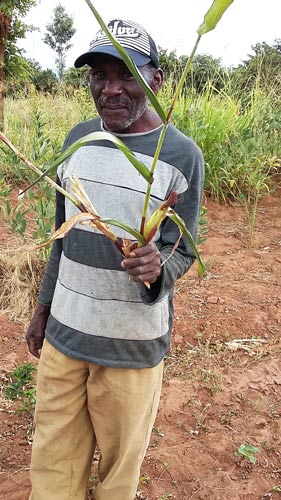

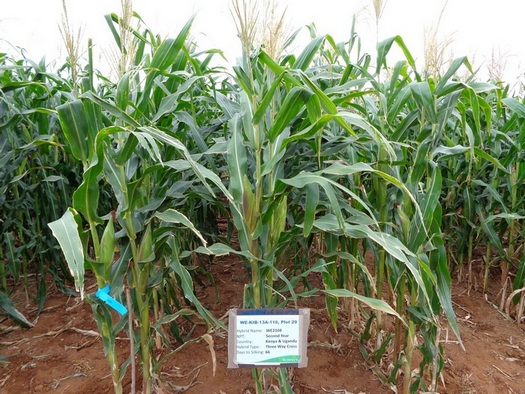
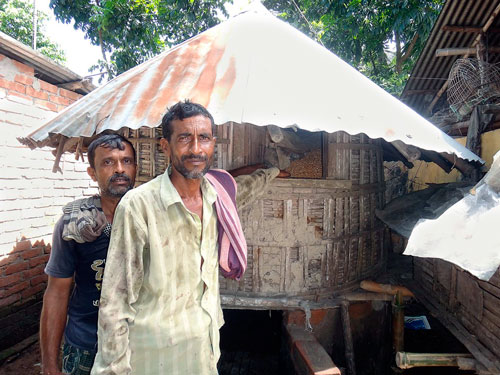
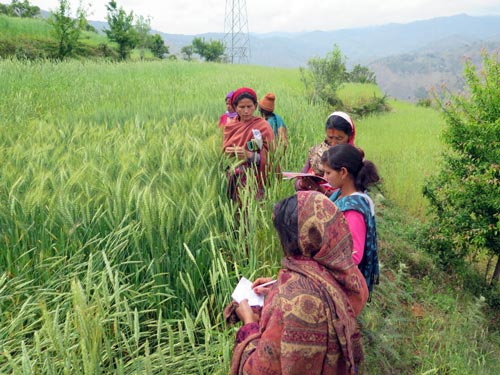 During a farmers’ field day, Ugratara group members expressed that improved varieties like the maize variety Kanchan 101 (hybrid), introduced by CSISA, are more productive than their local maize. Ugratara group member, Naresh Khadka said, “We are producing more than double using the hybrid Kanchan-101 and it’s ready early than the local variety.” For upland rice, trials also showed that the appropriate use of chemical fertilizers nearly doubled yields of local rice varieties and that chemical fertilizer increased yields over those achieved through the application of farmyard manure.
During a farmers’ field day, Ugratara group members expressed that improved varieties like the maize variety Kanchan 101 (hybrid), introduced by CSISA, are more productive than their local maize. Ugratara group member, Naresh Khadka said, “We are producing more than double using the hybrid Kanchan-101 and it’s ready early than the local variety.” For upland rice, trials also showed that the appropriate use of chemical fertilizers nearly doubled yields of local rice varieties and that chemical fertilizer increased yields over those achieved through the application of farmyard manure.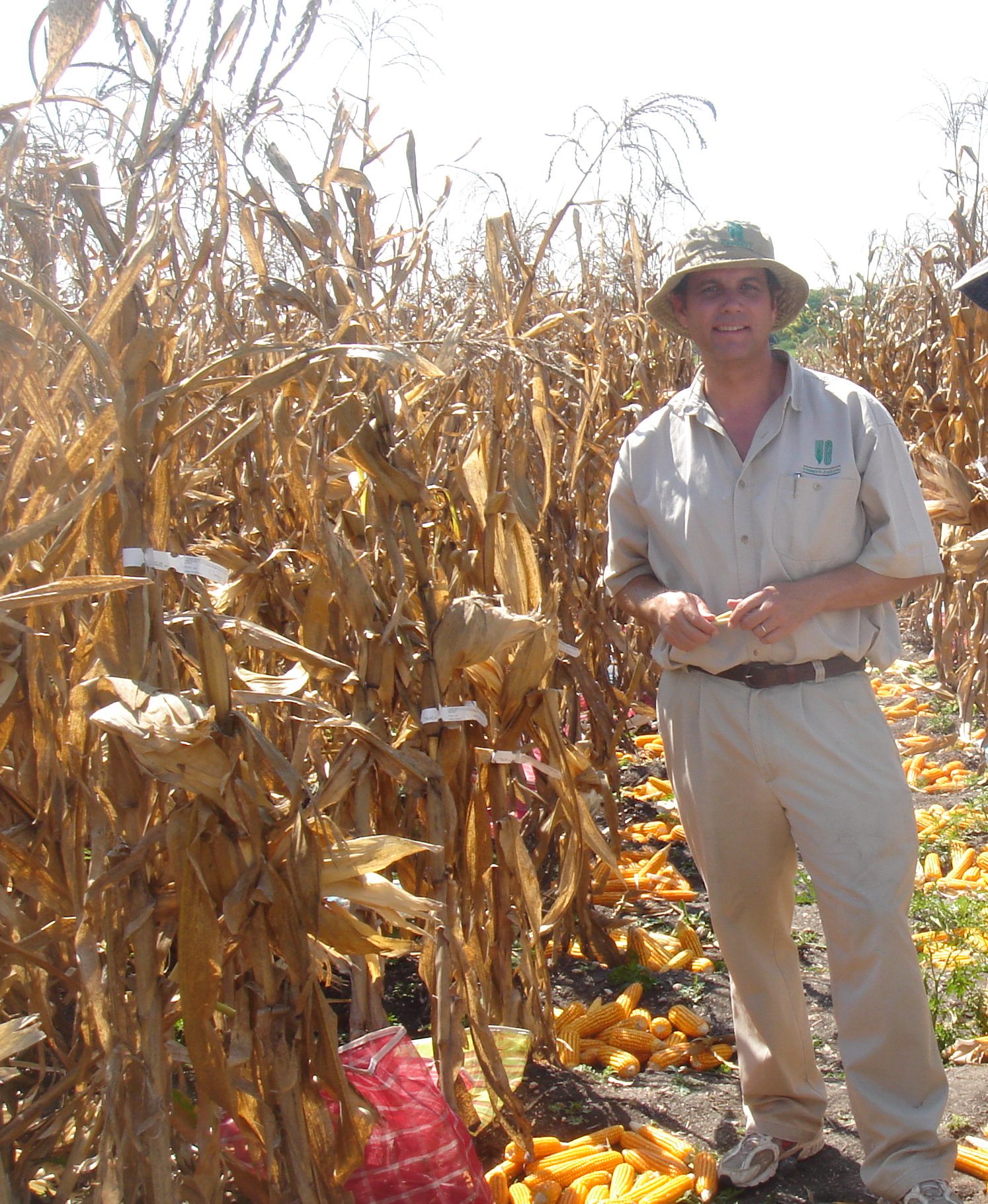 Kevin, where did the idea of making maize more nutritious come from?
Kevin, where did the idea of making maize more nutritious come from?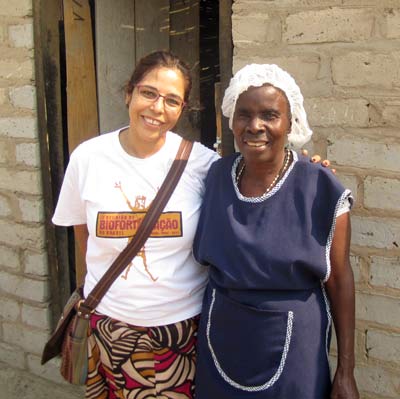 Fabiana, why vitamin A in particular?
Fabiana, why vitamin A in particular?
